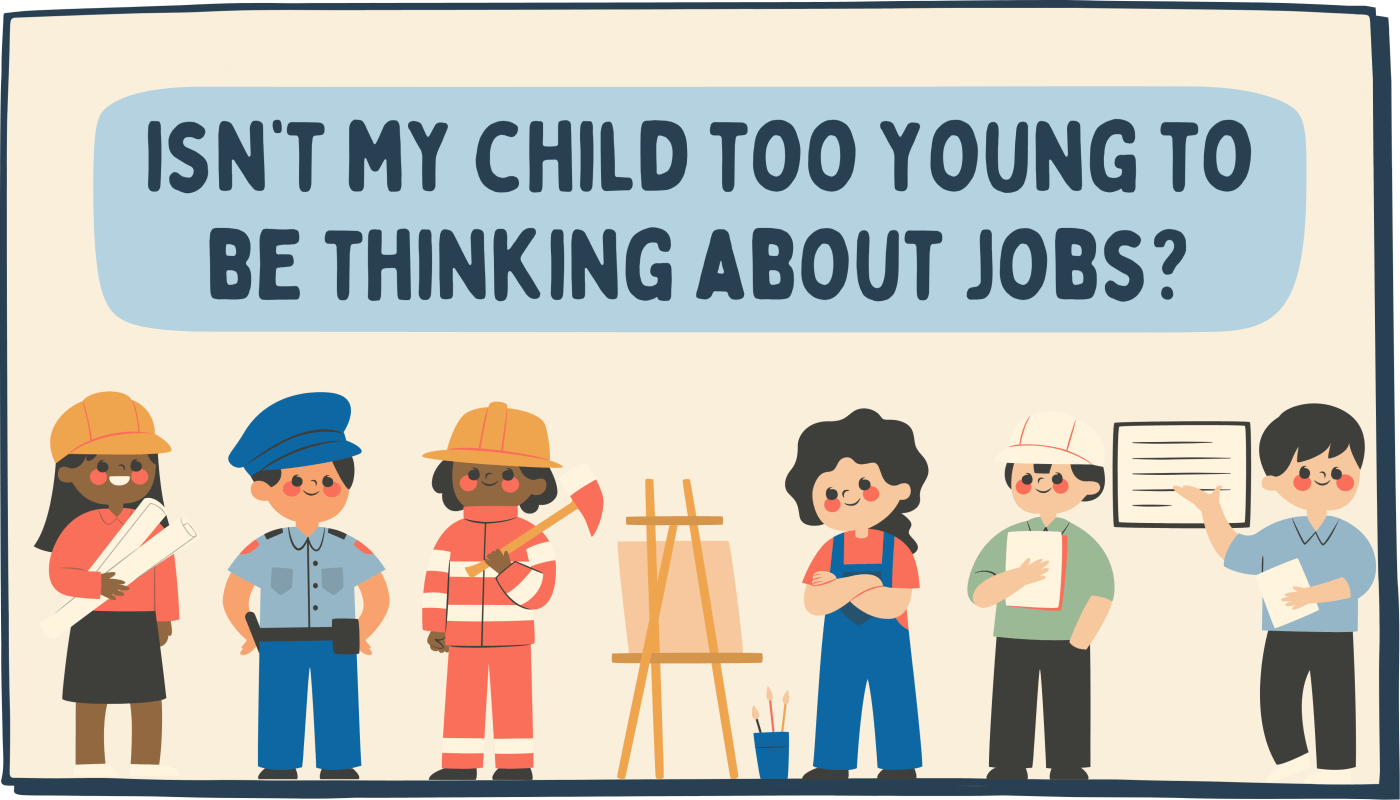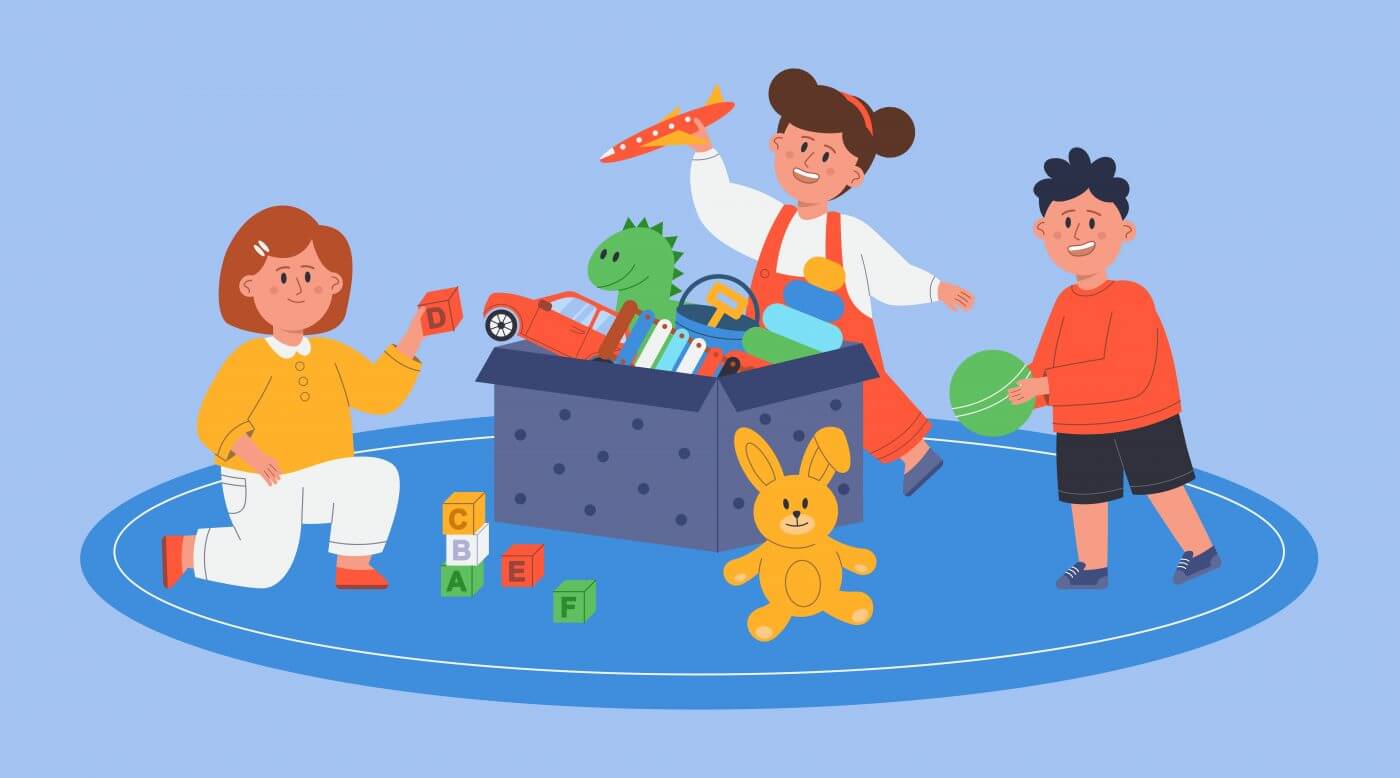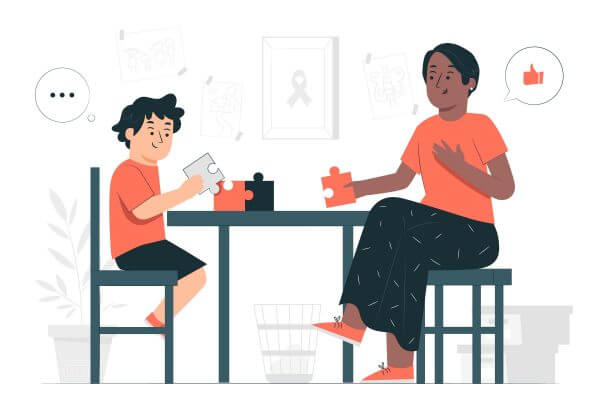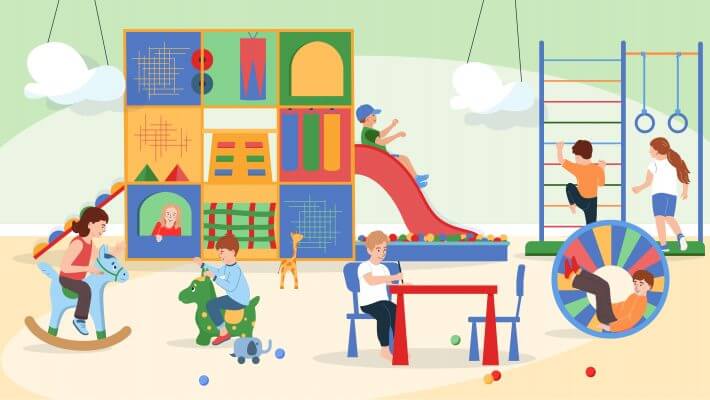
Isn’t my child too young to be thinking about jobs?
So, you might be wondering, why do my children need Occupational Therapy? Aren’t they a bit young to be thinking about jobs? Well, here’s the scoop – it’s a bit of yes and no.
How would an OT help my child?
Occupational Therapy is derived from the word “occupy,” which in this context refers to the activities that fill your child’s day. While the word may evoke thoughts of employment, its true meaning is more comprehensive. OT professionals assist individuals in achieving independence and enhancing their functioning across various spheres, encompassing work, sleep, and leisure. Paediatric Occupational Therapists are professionals who specialise in working with children with diverse needs, aiming to optimise their skills and foster independence. The journey of OT intervention typically commences with a comprehensive assessment of your child’s performance in activities of daily living (ADLs) and meaningful tasks, such as play and learning. Notably, assessments in pediatric OT are conducted through engaging and playful interactions. These assessments may involve standardised tests as well as observational methods looking into children’s functioning level in daily living tasks, which inform the therapist’s clinical judgment.

Understanding Performance Areas
Paediatric OTs excel in evaluating a child’s capabilities across various performance domains, which form a comprehensive profile of their abilities. These areas include:
- Gross Motor Skills
- Fine Motor Skills
- Sensory Preferences and Sensory Processing Skills
- Cognitive Skills
- Emotional Regulation Skills
Information garnered from these domains and clinical observations form pivotal evidence to assess the child’s competency in performing daily tasks. This, in turn, aids in identifying strengths and areas that warrant attention.
| Performances area | Performance Skills | Examples of Functional Skills |
| Gross motor Skills | Core strength Balance Postural control Eye-hand coordination Bilateral Integration | Running, jumping Seating Playing ball games PE class participation |
| Fine Motor Skills | Grasp/ Pencil Grasp In-hand manipulation skills Dexterity | Drawing Handwriting Using scissors Buttoning Opening lunch box/ bottle Tying shoelaces |
| Sensory Preference | Hypersensitivity vs Hyposensitivity in: Vision Smell Hearing Taste Touch Proprioception Vestibular Interception | Wearing clothes/ socks Food choices when eating Movement seeking through the day. Avoiding physical activities |
| Cognitive Skills | Attention Memory Logic and Reasoning Auditory Processing Visual Processing Processing Speed | Attention in the classroom. Memorising class material/ task Processing the instruction from the teacher Transitioning |
| Emotional Regulation Skills | Self-acknowledgement in arousal levels Approaches to promote one’s engagement/ functional level when taking part in activities at different arousal levels | Get to know if oneself is tired or overly energetic. To learn to calm down when overly excited. To learn to be more alert when getting tired |
By delving into these domains, OT practitioners gain insights into nearly every facet of your child’s daily routine. This thorough understanding forms the foundation of the OT journey. Beyond the clinical setting, effective OTs also invest time in comprehending your child’s daily routines, both at home and school, and performance in daily living tasks, such as self-care, rest, and working on productive tasks.
Furthermore, effective OTs invest considerable effort in uncovering/ re-discovering your child’s interests and hobbies. Their pursuit extends beyond mere functional enhancement – OT is equally dedicated to fostering meaningful pursuits. By recognising and nurturing these passions, OT professionals facilitate not only enhanced daily functioning but also the holistic enrichment of your child’s life.

So, what does OT do with my child in the treatment room?
Armed with a comprehensive understanding of your child’s strengths and challenges, the OT treatment process can commence. The therapist designs client-centred therapeutic activities targeting the identified areas of focus. These tasks are adjusted to align with the child’s developmental stage and preferences, incorporating their hobbies and interests. For instance, if a child struggles with balance, therapeutic activities might involve games that promote core strength and coordination.
The formulation of client-centered goals is a collaborative effort involving the therapist, family, and potentially the child. This goal-setting process guides the trajectory of the therapy. Importantly, the collaborative spirit extends beyond the clinic, encompassing both the home and school environments. This is a hallmark of OT, as its holistic approach seeks to enhance not only challenges but also the child’s overall quality of life. The treatment plan may encompass various aspects, from innovative skill-building strategies to environmental adjustments and recommendations for fostering a healthy daily routine.

Take OT as an exploratory journey.
In essence, Paediatric Occupational Therapy serves as a guiding light, aiding your child in overcoming obstacles that hinder their daily living skills. It involves devising strategies to simplify tasks or bolster specific competencies, thereby equipping your child to thrive. Engaging in OT isn’t a fleeting interaction; it’s an exploratory journey for both you and your child to uncover their potential and cultivate skills essential for their growth.
Your child’s progress will be carefully tracked in alignment with the established goals, highlighting advancements and newfound independence. The insights and recommendations gathered throughout the therapy journey will be consolidated into a comprehensive report, offering an indispensable resource for both you and your child.
Paediatric OT stands as a dynamic ally in your child’s developmental journey. The insights gained from this intervention can catalyse transformative growth and pave the way for a brighter future.
Hope this gives you a clearer picture of what Paediatric OT is all about. Stay tuned for more awesome HatchOT resources coming your way!
